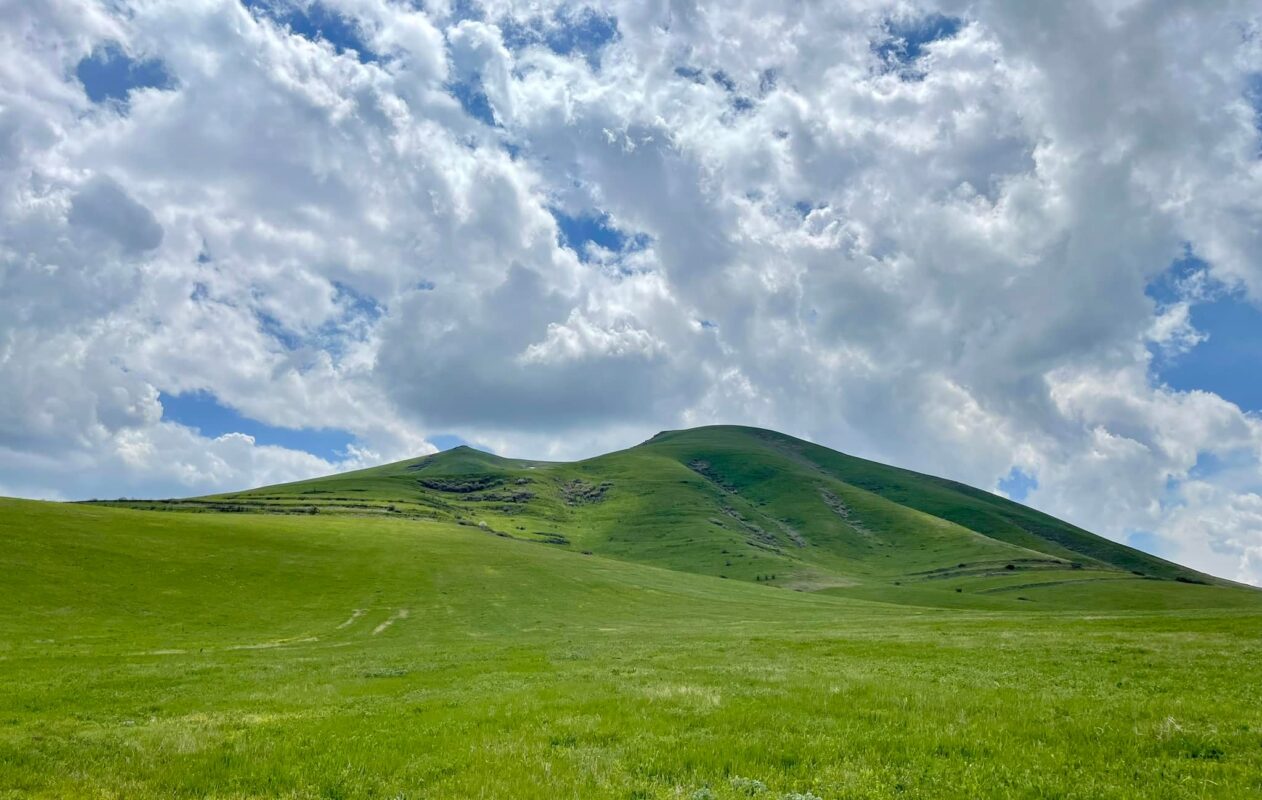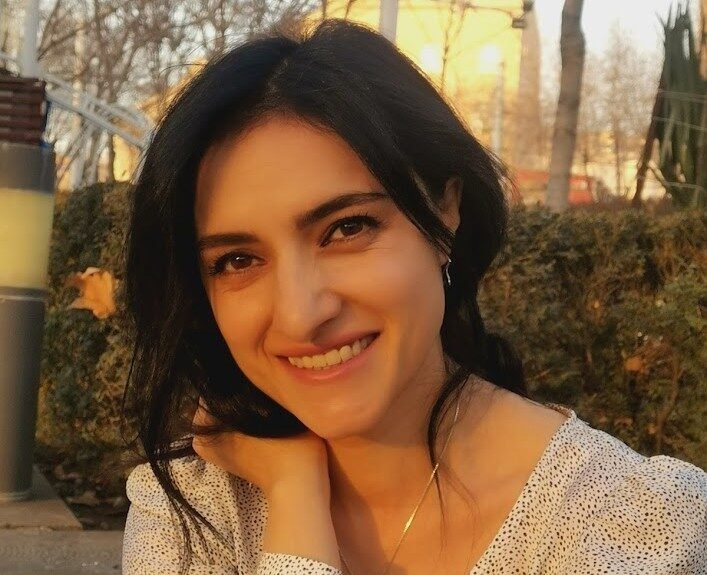Latest Listings
Related Listings
Close To You
Blue Mosque

Mosque
980 m
Cultural
Easy
VISITOR INFORMATION
Coordinates: 40°17'81" N, 44°50'56" E
Era: Built in 1765
Current Use: Active Mosque
Historical Uses: Museum, planetarium, cafe
OVERVIEW
In the heart of Yerevan, Armenia's bustling capital city, stands the Blue Mosque, also known as Huseyn Ali Khan Mosque, Gyoy Djami, or Gyok Djami. This Shia mosque is a remarkable testament to the region's rich and diverse cultural heritage, offering a glimpse into centuries of history, religious devotion, and architectural grandeur. Constructed in 1765 by Sardar Huseyn Ali Khan, the Blue Mosque is a masterpiece of architectural ingenuity and artistic craftsmanship.
ARCHITECTURAL FEATURES
- Layout: The Blue Mosque is a large rectangular building measuring 97.2 x 66 meters, with a spacious central courtyard (71 x 47.4 meters). The mosque is situated on the southern side of the walled complex, featuring three arched interconnected prayer halls. The courtyard includes 28 cells along its walls, which historically served religious, educational, and domestic purposes.
- Materials: The mosque is constructed primarily from brick, with a tufa foundation. The striking ceramic mosaic tiles, predominantly in shades of blue, adorn the domes and minaret, showcasing the skilled craftsmanship of its builders.
- Dome and Minaret: The mosque features a large central dome flanked by two smaller domes, with a 24-meter-tall minaret located in the southwestern corner. The transition to the dome is achieved using trompes, while the central dome is decorated with Arabic calligraphy reading "YA ALI" (علي يا - و علي).
- Decorations: The mosque is renowned for its rich ceramic decorations, including intricate vegetative and geometric ornaments, Arabic calligraphy, and a mosaic covering primarily in sky blue. The southern and western gates, as well as the entrance to the prayer halls, are framed with decorative ceramic tiles.
PRESERVATION AND CONSERVATION
During the Soviet era, the Blue Mosque ceased its religious functions and was repurposed for museums, a planetarium, and even a cafe. However, since 1995, the Iranian Embassy in Armenia has undertaken significant restoration efforts, returning the mosque to its original function as a place of worship. The complex's preservation work includes repairing the mosaic lining of the central dome, restoring the ceramic tiles, and maintaining the structural integrity of the mosque.
Facilities
Nearby
Republic Square the vibrant center of Yerevan, surrounded by remarkable buildings representing various architectural styles. The Government House dominates the square, flanked by the History Museum of Armenia and the National Gallery.
The Cascade Complex is a stunning architectural masterpiece intertwining art, culture, and nature. From its limestone stairs to its vibrant gardens, the Cascade captivates with its beauty and creativity. Home to the Cafesjian Center for the Arts, it offers exhibitions and events against the backdrop of panoramic city views, making it a symbol of Yerevan’s rich heritage and artistic vitality.
The Armenian Genocide Museum-Institute in Yerevan is a solemn memorial and educational center dedicated to preserving the memory of the Armenian Genocide of 1915. Through exhibits, documents, and survivor testimonies, it offers visitors insight into the tragic events and ongoing quest for justice.
Vernisage, at the heart of Yerevan, is a bustling market offering unique handmade crafts and traditional artwork. From ceramics to textiles, each stall showcases Armenian craftsmanship.
Noy and Ararat Brandy Factories, located in Yerevan, Armenia, are renowned for their exquisite brandies and rich heritage. Established in 1877 and 1887 respectively, these distilleries offer guided tours where visitors can learn about the art of brandy-making and sample a selection of premium spirits.








